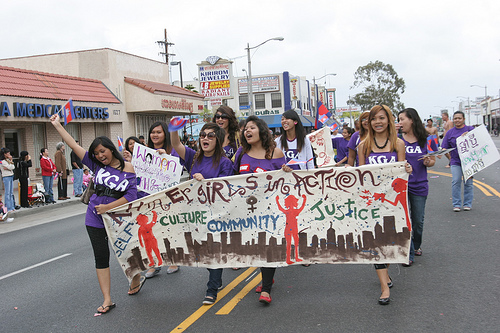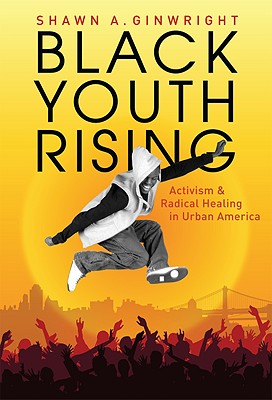I’m excited to announce an open, national conference call on education for liberation through art and culture, which I am working on with the Arts & Democracy Project. We will have some excellent speakers from across the country. Info is below. Join us if you can on Thursday, February 6 at 3PM EST, 12PM PST. CLICK HERE TO RSVP AND GET CALL-IN INFO.
- Khmer Girls In Action
- Save Ethnic Studies
- Xican@ Institute for Teaching & Organizing
- Project HIP-HOP
Education for Liberation through Art and Culture.
“Education either functions as an instrument which is used to facilitate integration of
the younger generation into the logic of the present system and bring about conformity
or it becomes the practice of freedom, the means by which men and women deal critically
and creatively with reality and discover how to participate in the transformation of
their world.”
– Paulo Freire, Pedagogy of the Oppressed
Amid the clamor of standardized tests, school privatization, and punitive accountability, we can lose sight of one of the most enduring purposes of education: freedom. Education for liberation is about understanding and addressing oppression in all its forms. It is a creative process, rooted in an appreciation of the rich cultural wealth of marginalized communities. It involves collaboratively reimagining our relationship with the world through dialogue and action.
Some of the most innovative forms of liberatory education are embedded in visual arts, literature, history, music, theater, and other artistic and cultural traditions. But as the banning of ethnic studies in Arizona makes clear, the right to liberatory education is something that must continually be fought for.
This conference call brings together representatives of three groups committed to supporting liberatory educational practices through engagement with culture and the arts. They will explore the possibilities and challenges of practicing – and fighting for – culturally relevant, creative, liberating educational opportunities for young people.
Khmer Girls in Action (KGA) is a community-based organization whose
mission is to build a progressive and sustainable Long Beach community that works for
gender, racial and economic justice led by Southeast Asian young women.
Save Ethnic Studies / Xican@ Institute for Teaching & Organizing in
Arizona is an organized effort of social justice educators to challenge racist laws
banning Mexican American and Ethnic studies programs in Tucson Unified School District,
and across the state.
Project HIP-HOP (Highways Into the Past, History, Organizing, and
Power) is a Boston-based organization that trains young artists as cultural
organizers who can address pressing social justice issues in their communities.



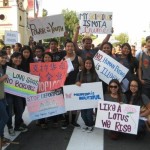
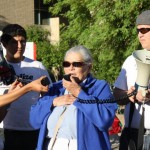
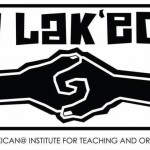
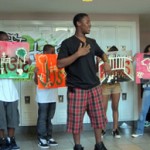
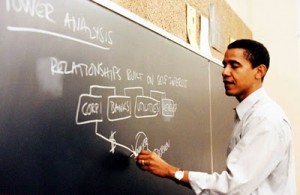

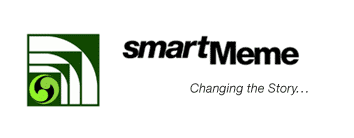 Another fabulous process is narrative power
analysis, developed by SmartMeme and outlined in their book
Another fabulous process is narrative power
analysis, developed by SmartMeme and outlined in their book 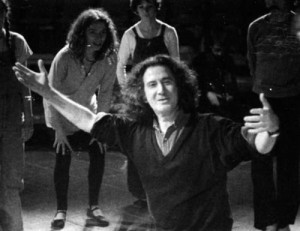 Finally, Augusto Boal’s
Finally, Augusto Boal’s